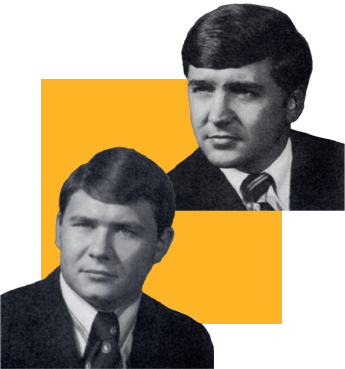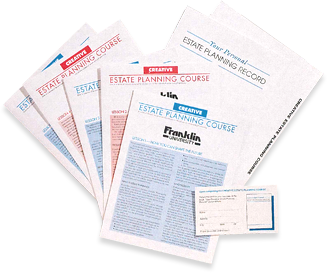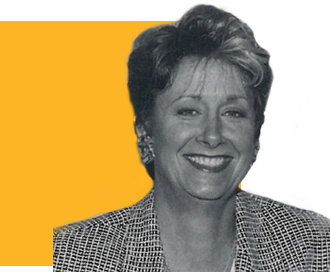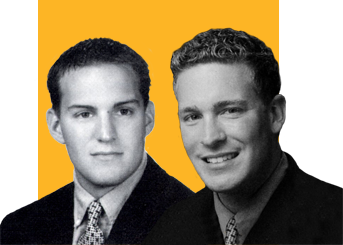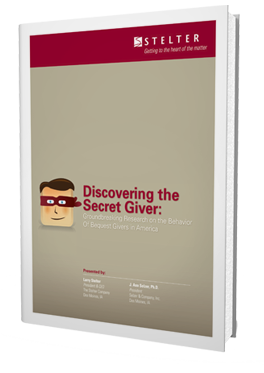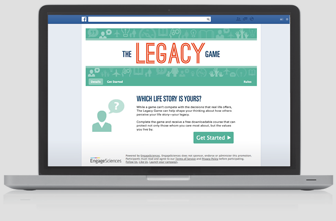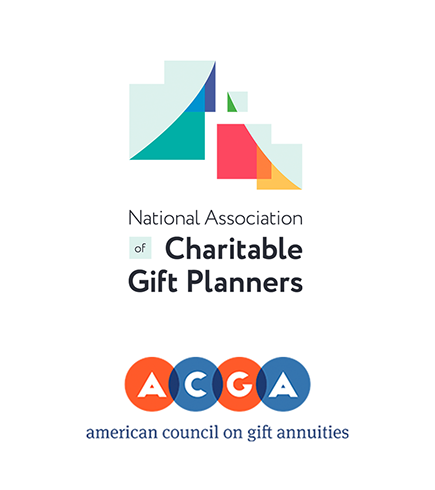
1962: Our founder Paul J. Stelter
After working for years at a direct-mail firm creating newsletters on behalf of bank trust departments, Paul J. Stelter says something to the effect of “Carpe Diem.” Certain he can create a better offering for the industry, he founds The Stelter Company with a metal desk and a filing cabinet in the basement of his Des Moines home. He begins outfitting banks with marketing materials to educate clients on the importance of estate planning and the value of professional trustee services.

